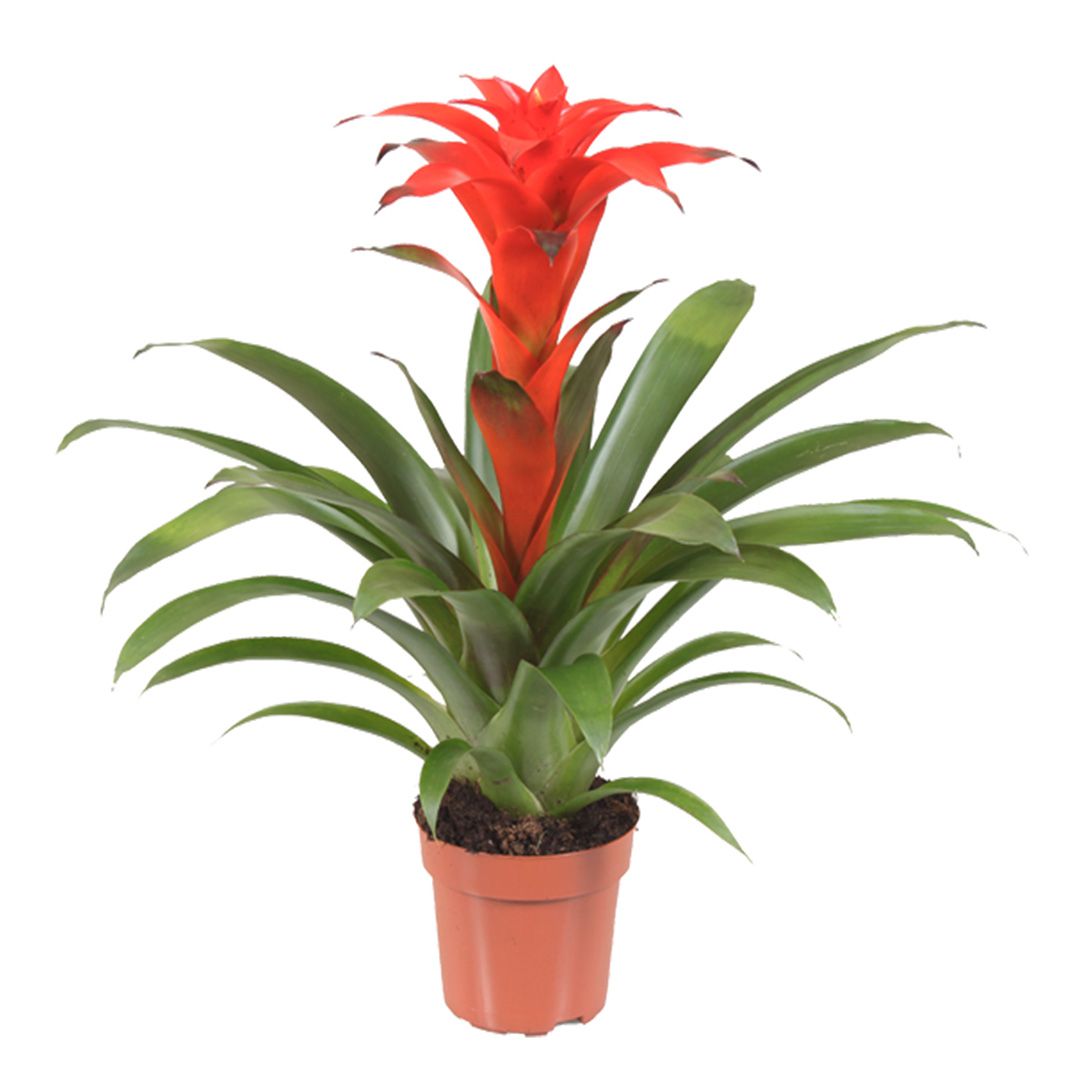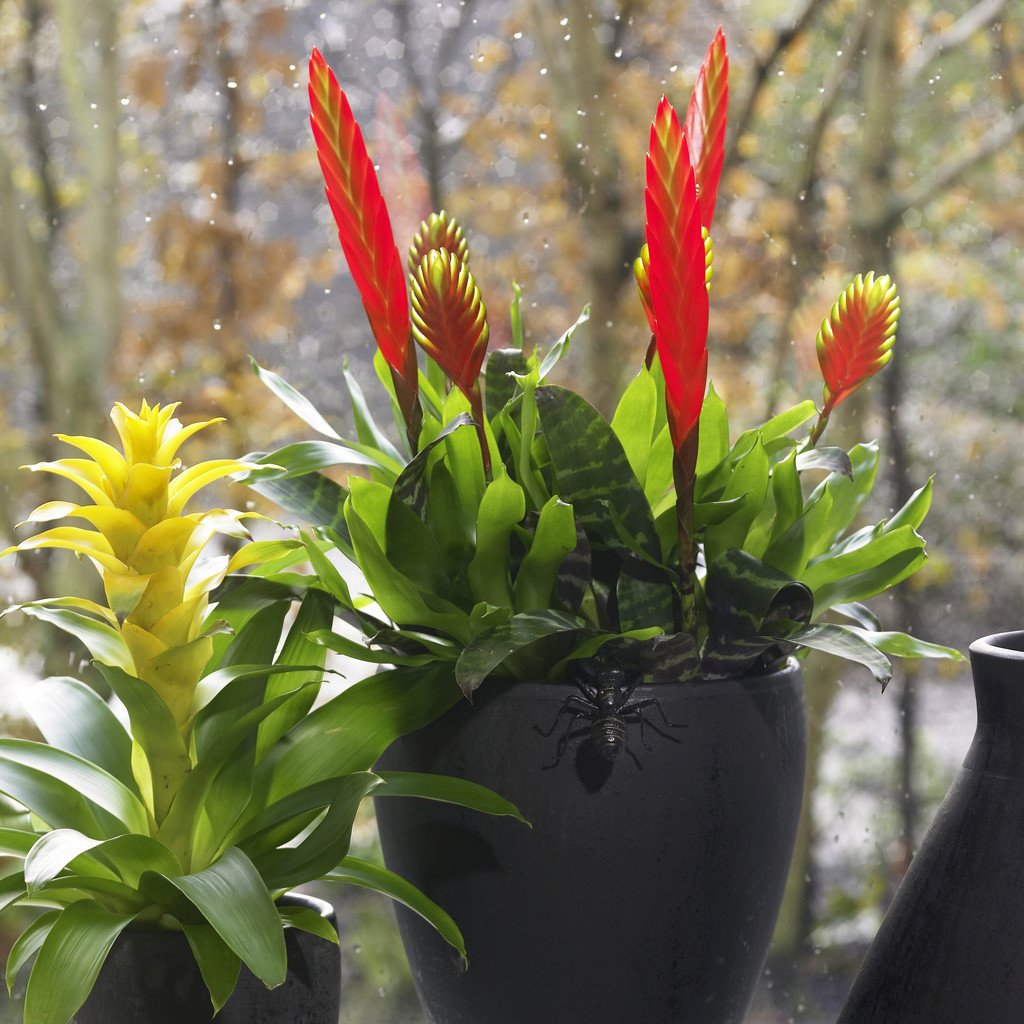Bromeliads: A Colorful and Diverse Family of Plants
Bromeliads are a fascinating family of tropical plants that exhibit a wide range of adaptations to their diverse habitats. They are found in various environments across the Americas, from the rainforests of Central and South America to the deserts of Chile. With their unique growth habits, vibrant colors, and interesting structures, bromeliads have become popular houseplants and garden ornaments worldwide.
1. Characteristics and Adaptations
Bromeliads are monocotyledonous plants, meaning they have a single seed leaf. They are characterized by their rosette-like growth form, with leaves arranged in a circular pattern. The leaves are often thick and leathery, with a waxy cuticle that helps to reduce water loss. Many bromeliads have specialized structures called “tanks” or “urnals” at the base of the rosette. These tanks can hold water, providing a valuable source of moisture for the plant and its associated fauna.

Bromeliads have evolved a variety of adaptations to survive in different habitats. In epiphytic species, which grow on other plants, the roots are primarily used for anchorage rather than nutrient absorption. These plants obtain nutrients from the air, rainwater, and organic matter that accumulates in the leaf axils. Terrestrial bromeliads, which grow in the ground, have more extensive root systems that enable them to absorb water and nutrients from the soil.
2. Classification and Diversity
The Bromeliaceae family is divided into three subfamilies: Bromelioideae, Tillandsioideae, and Puyaceae. Each subfamily has its own unique characteristics and includes a wide range of species.
# 2.1 Bromelioideae

The Bromelioideae subfamily is the largest and most diverse group of bromeliads. It includes many popular species, such as Ananas sativus (pineapple), Aechmea fasciata (queen bromeliad), and Guzmania lingulata (fireball plant). Bromeliads in this subfamily often have large, showy flowers and are commonly cultivated for their ornamental value.
# 2.2 Tillandsioideae
The Tillandsioideae subfamily is characterized by its epiphytic growth habit. Many species in this subfamily are known as “air plants” because they have no roots and obtain nutrients from the air. Examples of Tillandsioideae include Tillandsia xerographica (hen’s nest bromeliad) and Tillandsia cyanea (pink quill plant). These plants are popular for their unique appearance and low-maintenance requirements.
# 2.3 Puyaceae

The Puyaceae subfamily is primarily terrestrial and includes large, rosette-forming plants with spiny leaves. Puya species are native to the high altitudes of the Andes Mountains and are known for their impressive flower spikes. Some species, such as Puya raimondii, are monocarpic, meaning they bloom only once in their lifetime and then die.
3. Ecological Importance
Bromeliads play a crucial role in their ecosystems. They provide food and shelter for a variety of animals, including insects, birds, and small mammals. The tanks of epiphytic bromeliads can hold water and organic matter, creating microhabitats for a diverse range of organisms. Bromeliads also contribute to soil formation and nutrient cycling in their habitats.
4. Bromeliads as Houseplants
Many bromeliad species are popular houseplants due to their striking appearance and relatively easy care. They are suitable for a variety of indoor environments, from bright, sunny locations to low-light conditions. Bromeliads require moderate watering and regular fertilization. Some species can be propagated from offsets or pups that grow at the base of the mother plant.
5. Bromeliads in Gardens
Bromeliads can also be grown outdoors in gardens in warm climates. They are ideal for creating tropical-themed landscapes and can be used as ground covers, container plants, or accent pieces. Bromeliads are relatively drought-tolerant and can thrive in well-draining soil.
6. Conclusion
Bromeliads are a fascinating and diverse family of plants that offer a wide range of benefits for both humans and the environment. Their unique adaptations, vibrant colors, and interesting structures make them popular choices for both indoor and outdoor settings. By understanding the characteristics and needs of bromeliads, gardeners and plant enthusiasts can enjoy the beauty of these remarkable plants.

:max_bytes(150000):strip_icc()/how-to-grow-coleus-1402921-02-6ca494adf94f4a5887c94256a24ebf33.jpg?w=200&resize=200,112&ssl=1)



:max_bytes(150000):strip_icc()/hoya-plants-1315763-hero-fe8b10a522eb4d7e9ada8abbc303fbc5.jpg?w=200&resize=200,112&ssl=1)